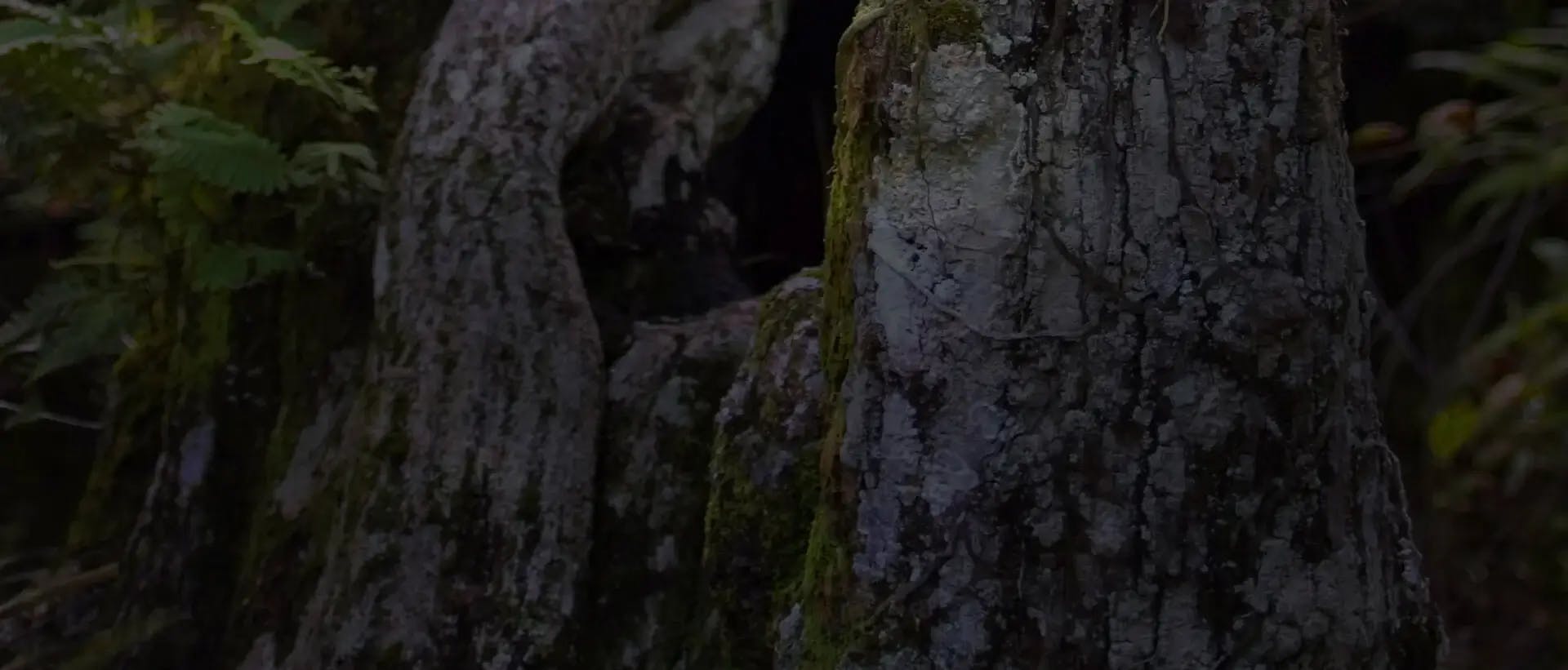Care and Culture Card
See basic growing conditions and care information below.
Grow plants of Stenia in small pots of medium-grade epiphytes mixture. Provide medium light levels, cool-intermediate temperatures, and regular watering throughout the year. The flowers show to best advantage on relatively small divisions of 5--8 growths. Stenia angustilabia Benn. & Christenson Caespitose epiphytes with fan-shaped growths. Leaves oblanceolate, attenuate to the conduplicate, subpetiolate base, acute, 9 x 2.5 cm, articulated to the distichous, imbricate sheaths, the sheaths to 3 cm long. Inflorescences short, axillary scapes, terete. to 7 cm long, with a single lanceolate bract near the middle. the floral bract subsimilar, shorter than the ovary. Flowers somewhat cupped, pale cream white. Dorsal sepal elliptic, concave, obtuse, minutely mucronulate, 2.4 x 1.2 cm. Lateral sepals oblique, ovate-oblong, concave basally, obtuse, minutely mucronulate, 2.6 x 1.0 cm. Petals oblique, broadly oblanceolate, clawed, subacute, minutely mucronulate, 2.2 x 1.15 cm. Labellum concave, 3-lobulate, the lateral lobules shallow, broadly rounded, erect, the central lobule boat-shaped with rigid erect walls, apex bluntly subacute, 2.2 x 1.3 cm, the callus arising from a thick swelling at the base of the labellum, continuing as 3 keels which terminate in a raised, bidentate, arcuate tip with a median keel. Column nearly straight, the rostellum ligulate, the base and foot pubescent, 1.5 x 0.4 cm, the foot 0.7 cm long. Specimen lacking anther and pollinarium. Fruit not seen. cultivated in the U.S. flowers from May to June. Stenia aurorae Benn. & Christenson, sp. nov. (Fig. 33) TYPE: PERU. Junín: Tarma, between Carapata and Huasahuasi, 2200 m, leg. O. del Castillo, 2 Aug 1994, Caespitose acaulous epiphytes with fan-shaped growths. Leaves 3-4, narrowly oblanceolate, long attenuate to a conduplicate base, obliquely obtuse, 15-22 x 2.0-3.0 cm, midvein sharply keeled, dark green. Inflorescences laxly erect scapes to 5 cm long, the floral bract tubular to 0.7 cm long. Flowers with the sepals and petals pale green, the labellum pale buff yellow, the lateral lobes with an intense mahogany brown rounded edge, the inner surface of the lobes with pale red-brown spots, the central and transverse calli faintly marked. Dorsal sepal elliptic, obtuse, carinate-apiculate, concave, 2.0 x 1.3 cm. Lateral sepals obliquely ovate-elliptic, subacute, basally concave, carinate-apiculate, 2.2 x 1.4 cm, adnate to the column foot. Petals obovate, oblique, cuneate, obtuse, carinate-apiculate, 1.8 x 1.2 cm, the lower margin repand. Labellum 3-lobed, saccate, rigid, transversely 1.2 x 2.3 cm when expanded, the lateral lobes erect, broadly semielliptic, the midlobe triangular with involute margins forming a tubular apex, rigidly joined to the foot by a very short, broad claw, the sac internally with 13 low, slightly raised ribs through the basal half, the midrib thicker and terminating abruptly in an erect obliquely cuneiform callus under and between the blunt-toothed calli near the leading edge of the lateral lobes. Column stout, fleshy, 1.2 cm long, dorsally with two lateral furrows, with marginal ridges, base and foot sparsely pubescent, extended into a 6 mm column foot, the anther transverse, 2.7 x 2.9 mm, the pollinia 4 in 2 unequal pairs, dorsally complanate, the pairs convex-concave, 1.5-1.9 x 1.1 mm, the stipe very short with 2-3 minute, retrorse teeth on each side, the viscidium subrhombic, 1.2 x 0.7 mm. Endemic to Peru at ## ft. (2200 m). Flowers July to August in nature.















